Here’s what the Ballade poetry form is:
A ballade is an old verse form of French origin.
It usually consists of three main stanzas with eight lines, and an envoi that consists of four lines.
The ballade has several variations including the double ballade, double-refrain, ballade supreme, and chant royal or grand ballade.
So if you want to learn all about the Ballade poetry type, then you’ve come to the right place.
Keep reading!
- Dizain Poetry Form: Speak in Passionate Tones
- Kyrielle Poetry Form: Let Your Feelings Resonate
- Rondeau Poetry Form: Croon to Love’s Anthem
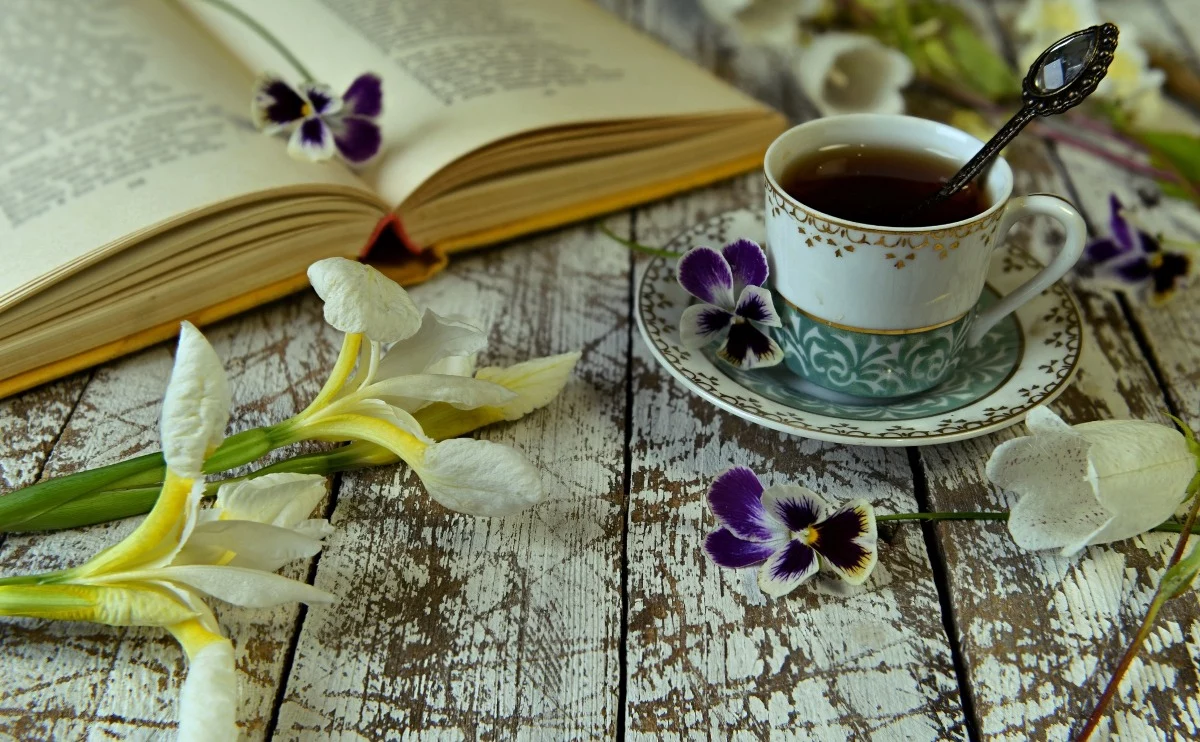
Forms of Poetry: The Ballade
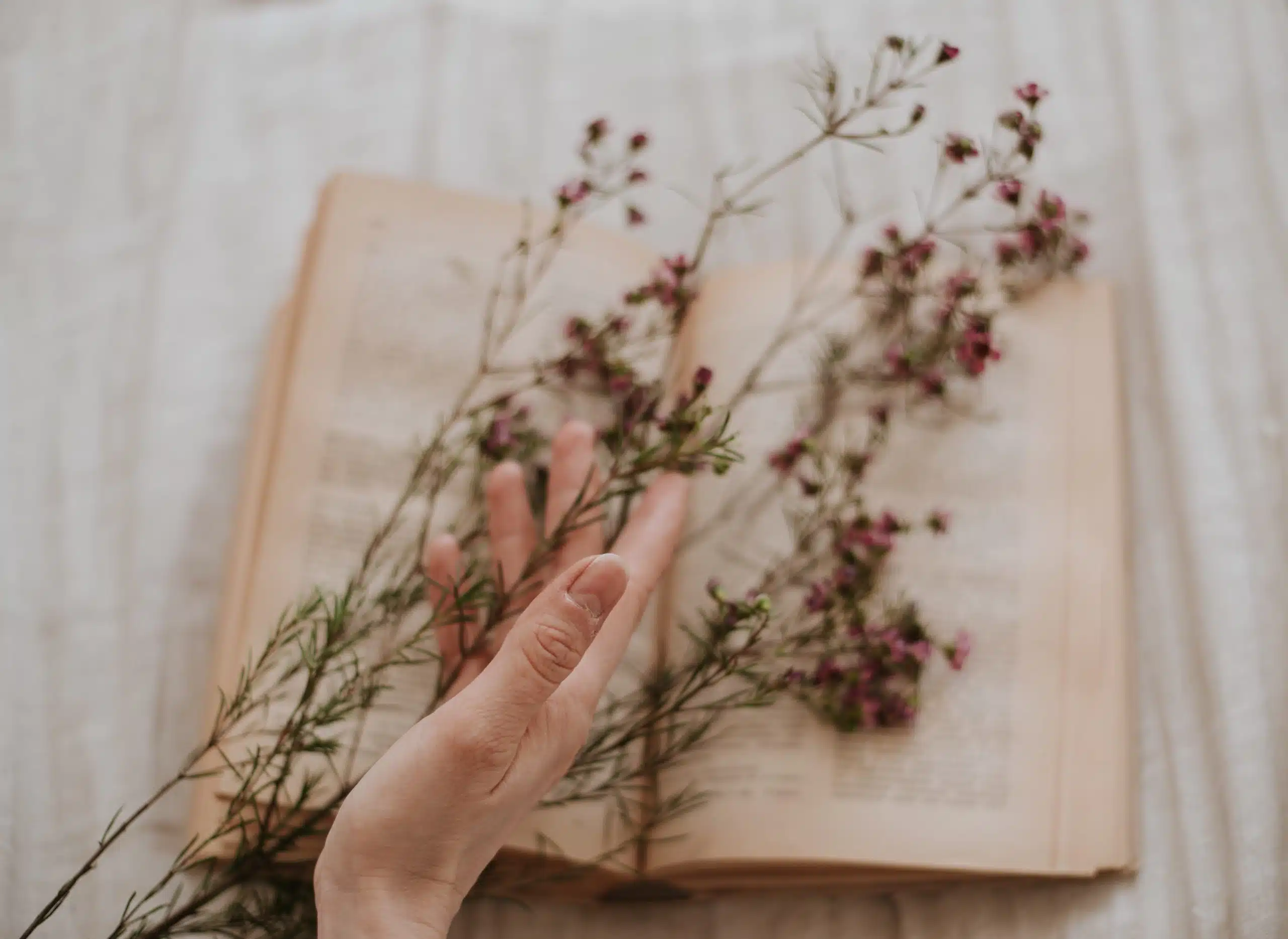
A ballade is a verse form of French origin with many variations and complicated history.
It should not be confused with the much simpler “ballad”.
Ballades are a high-level form, so it will mostly be assumed that you know common poetic terms like meter and rhyme scheme.
If you still find the concept of stressed and unstressed syllables vexing, then I recommend reviewing the basics of formal poetry before trying to jump right into a ballade.
Basic Properties of a Ballade

| Rhyme Structure | Strict, uses refrains |
| Meter | Metered, meter varies |
| Origins | Medieval France |
| Popularity | Has a rich history in France but is relatively uncommon in English |
| Theme | Varies but is often addressed directly to the listener/reader |
How Is a Ballade Structured?
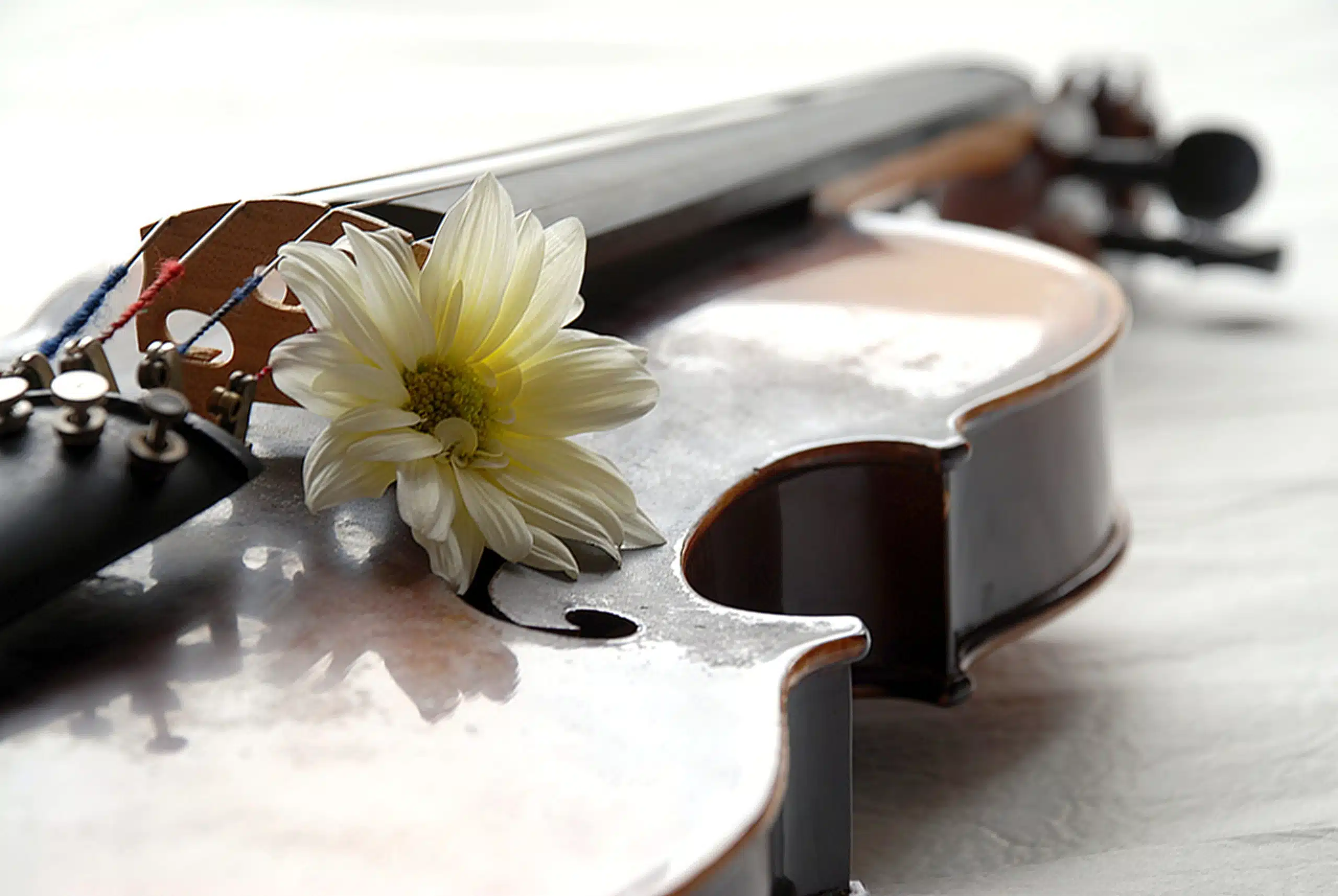
The ballade we typically think of in English is a poem consisting of three eight-line stanzas, ending with a four-line stanza referred to as the envoi (concluding the poem).
In this version of the ballade, the common rhyme scheme is “ababbcbC ababbcbC ababbcbC bcbC” in which the capital C represents a reused line at the end of every stanza (called a refrain in poetry).
This is, however, only one of the various forms as the ballade is closely tied to the history of court music in France.
As with ballads, another form that shares linguistic roots in its naming, the ballade was originally used chiefly to describe a series of fixed forms that were recited to music.
Variations of the ballade include the double ballade, the double-refrain ballade, the ballade royal, and the more grandiose “ballade supreme” which consists of a whopping eleven stanzas (counting the envoi).
Each features its own independent rhyme scheme and expectations.
For our purposes, we will focus on the ballade as it is most commonly understood in English, that being the 32-line rhyme scheme outlined previously.
But do keep in mind that you would need to be fluent in French to fully grasp the history and developments of the ballade as it bounced playfully from court to court.
Ballades are significantly more difficult to write in English than in their native language of French, due to the low number of end sounds utilized in the poem.
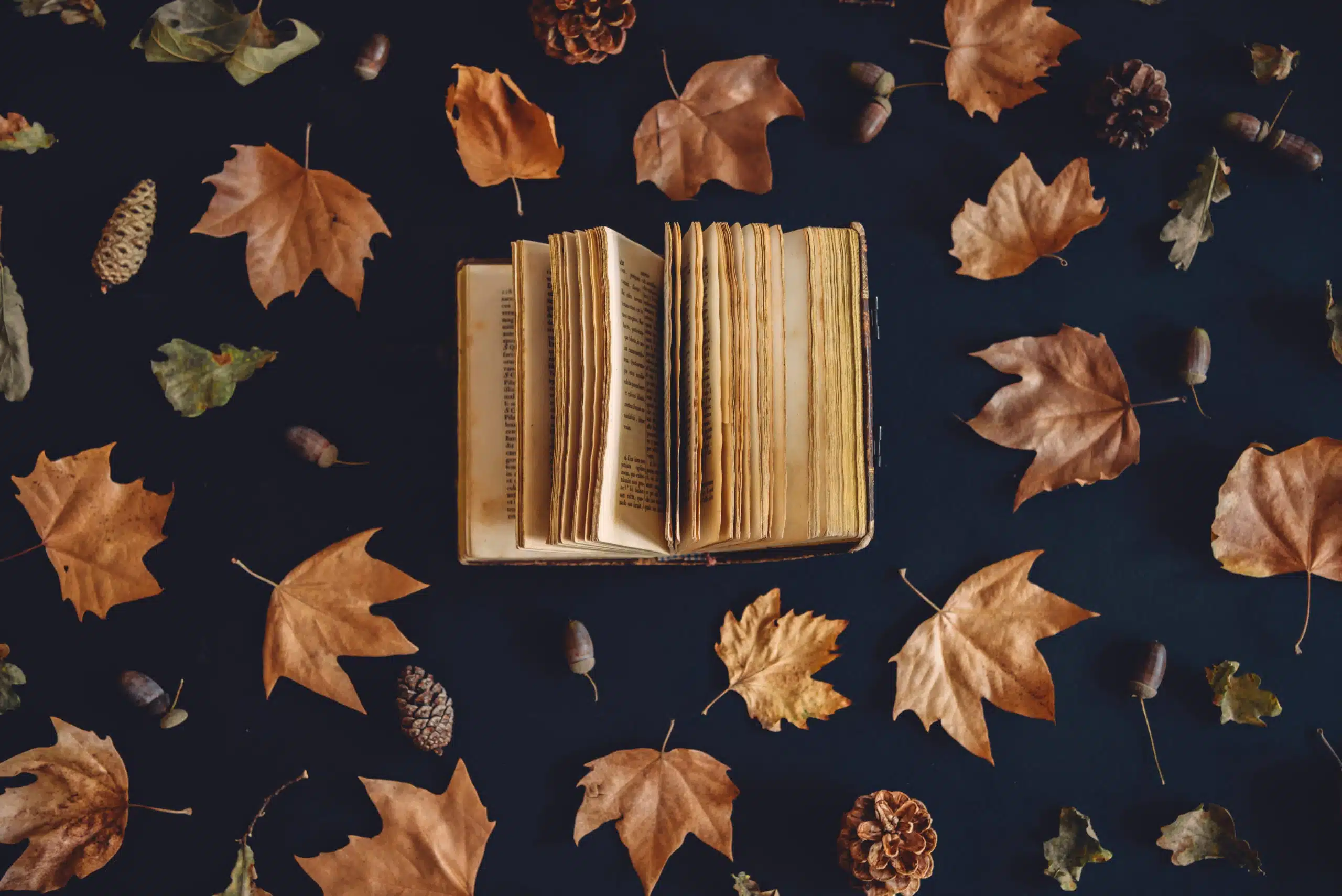
French conjugation makes rhyming substantially easier, whereas the lack of consistency in English words often leads to
compromise as the poet may inevitably choose rhymes that are “easy” to reduce the overall difficulty of the form.
This is not unlike the infamously difficult villanelle, an Italian form with many of the same hurdles.
The ballade, by way of comparison, is a much longer poem with far fewer refrains.
One small mercy of the ballade is that its meter is not predetermined by the form.
Whereas a sonnet is generally expected to be in Iambic pentameter, a ballade can potentially be in any commonly accepted meter.
It is, however, expected to accommodate a meter of some kind and consistently maintain it throughout the entirety of the poem.
Example of a Ballade
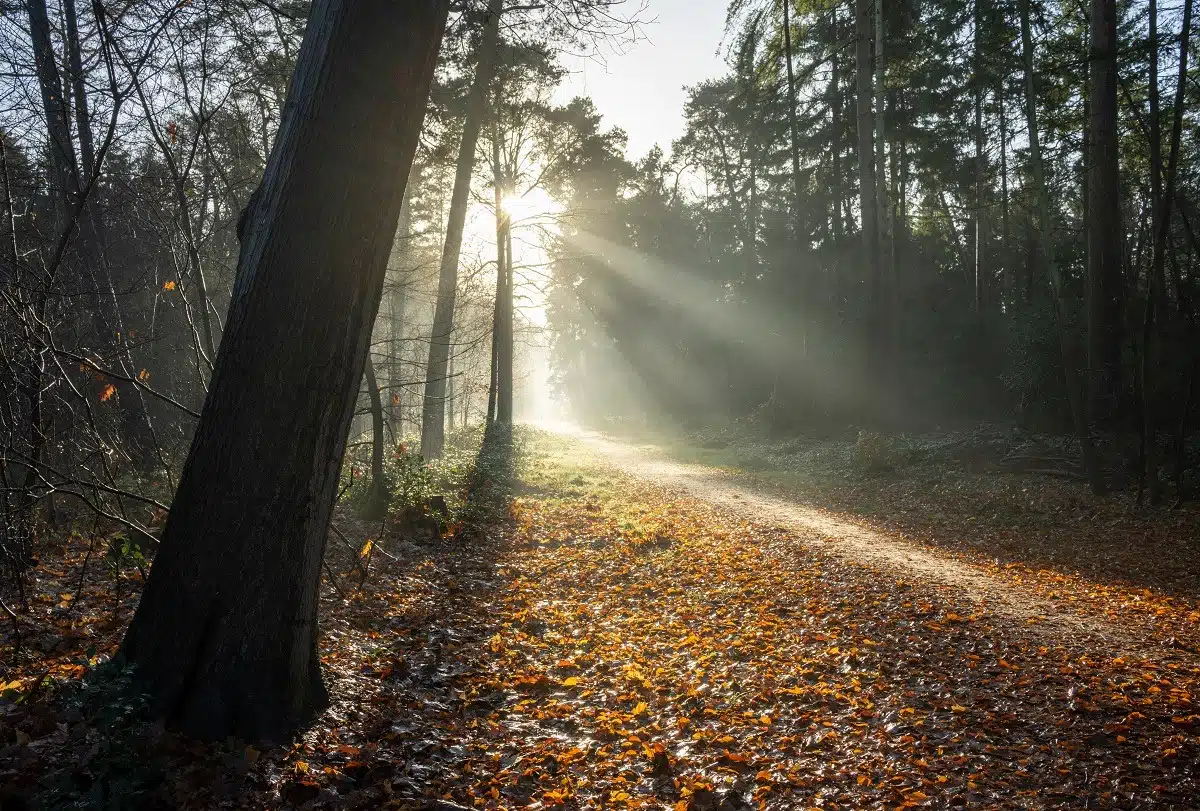
Ballade to an Optimist by Andrew Lang
Heed not the folk who sing or say
In sonnet sad or sermon chill,
“Alas, alack, and well-a-day,
This round world’s but a bitter pill.”
Poor porcupines of fretful quill!
Sometimes we quarrel with our lot:
We, too, are sad and careful; still
We’d rather be alive than not.
What though we wish the cats at play
Would some one else’s garden till;
Though Sophonisba drop the tray
And all our worshipped Worcester spill,
Though neighbours “practise” loud and shrill,
Though May be cold and June be hot,
Though April freeze and August grill,
We’d rather be alive than not.
The above excerpt from the beginning of Andrew Lang’s “Ballade to an Optimist” is an interesting example as it represents a sort of crossover between a ballade and an ode.
If Lang had titled it “Ode to an Optimist” then the title would have been no less accurate.
The main takeaways are naturally in the structure.
Take note that Lang purposely chose three end sounds that are fairly easy to rhyme within English (-ay, -ot, -ill).
This is often a necessary choice, even for experienced poets. It would be unreasonable to expect a ballade to be rendered presentable using uncommon or unfamiliar rhyme sounds.
This particular ballade utilizes Iambic tetrameter.
This is an excellent choice for an English ballade.
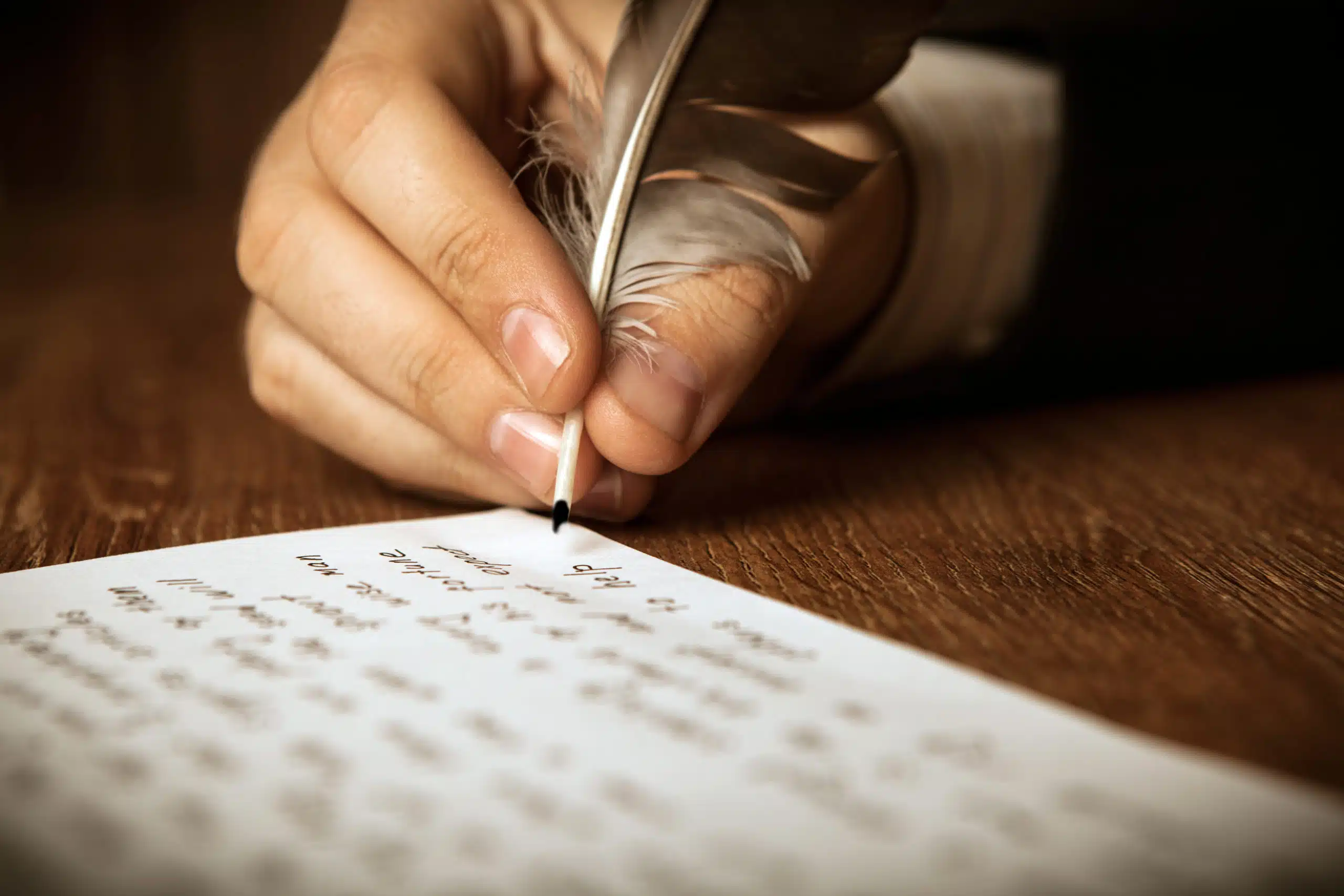
Iambic meter is one of the most, if not the most, natural-sounding meter for English speakers, and is thus easier to write in.
Being in tetrameter (four feet) is an interesting option as it leaves the poet only a mere eight syllables per line to set up the next rhyme.
Short meters tend to be harder to work with than longer meters when utilizing rhyme, but tetrameter is still within what most would call an ‘average’ range, just barely.
Also, take special note of the line, “We’d rather be alive than not.”
This, going back to our rhyme scheme from above, is the refrain.
Note that Lang chose a line that represents an important message of the poem as the refrain, and purposely chose a complete sentence so that it would not have to be awkwardly integrated into the other lines.
While it is clear to a practiced eye that Lang made many of these decisions to reduce the difficulty of the poem, it should be noted that ballades are a very difficult form to write.
It takes experience to know how to cut the difficulty down to a manageable level.
A novice wouldn’t have even recognized the importance of these decisions, so Lang’s mastery should be in no way underestimated.
History of the Ballade
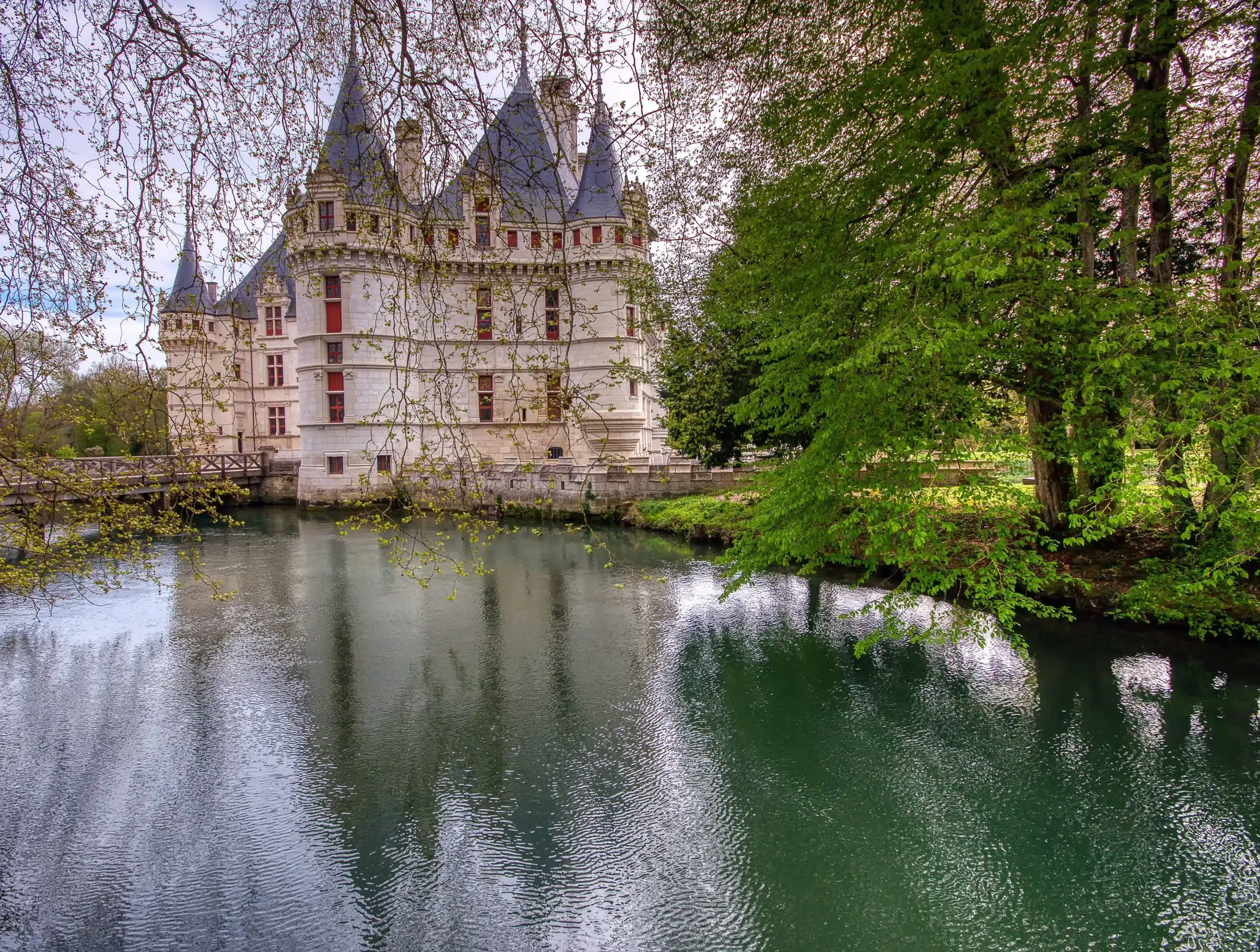
The ballade was a favorite of noble courts in Medieval and Renaissance France, and as such was typically developed with an educated aristocratic audience in mind.
These ballades would be recited to music and inevitably featured meter, refrains, and rhyme, all of which were expected norms of contemporary poetry.
Ballades were one of a set of formes fixes, with the other two being the rondeau and the virelai, but the ballade was easily the most popular and influential of the three.
While the ballade did see scattered experimentation in English, with one of the most notable practitioners being Geoffrey Chaucer, it did receive a revival in the 19th century as poets developed an increasing interest in adapting foreign forms to English.
Due largely to the difficulty, the ballade remains a rather elusive form of poetry in English, with only ambitious poets aspiring to write them.
Many poets and scholars even go so far as to argue that the ballade should remain a French form, as it demands too many concessions in English that are simply not necessary in its native tongue.
These pockets of resistance have not stopped studious lovers of poetry from attempting the form, though it is generally treated exclusively as a form of poetry in English with its roots as a song form only shining through in its innate structural quirks.
Tips for Writing a Ballade

As with Andrew Lang’s poem, the best advice is to do everything in your power to reduce the inherent difficulty of the form.
This alone requires some degree of experience since you’ll need to know what compromises you can and cannot make, but there are some basic tips to take with you when getting started.
First, make your refrain as iconic to the poem as possible.
If the poem is meant to have a very specific message or is meant to appeal to a specific demographic, then make sure that the refrain is written with clarity and certainty that your target audience can appreciate.
They will be seeing the refrain often, so it absolutely needs to stand out.
Second, choose end sounds you can work with.
If you have a background in chemistry and can easily rhyme words with dihydrogen monoxide, then go for it.
But for most writers, it will be best to stick with simple one and two-syllable words that you use or hear often.
Third, do not make the mistake of shortening your lines thinking that it will make it easier to work with the meter.
After you get accustomed to working with meters, the rhymes will be the hard part, so you’re going to want to keep your lines at least four or five feet long so that you have enough space within each line to build up to the next end sound.
Keep these three general tips in mind and you’ll be well prepared to begin.
Do not be embarrassed if you find that your first few ballades don’t sound natural or don’t seem to flow properly.
This is one of the most challenging forms out there, so just stick to it, and eventually, you will prevail.
Poet’s Note

Ballades have very little history in English but rich history in France, so it’s hard to cut the cord that we’re only talking about the form as it relates to English.
If you can speak French, you’ll find a much more vivid history awaiting you.
Comprehensive Collection of Poetry Forms: Craft Words Into Art

Dare to traverse the entire spectrum of poetic forms, from the commonplace to the extraordinary?
Venture from the quintessential Sonnet to the elusive Mistress Bradstreet stanza, right through to the daunting complexity of Cro Cumaisc Etir Casbairdni Ocus Lethrannaigecht.
For those with a zeal to encounter the full breadth of poetry’s forms, this invitation is yours.
Start exploring the vast universe of poetic ingenuity with our comprehensive array of poetry forms right now!
